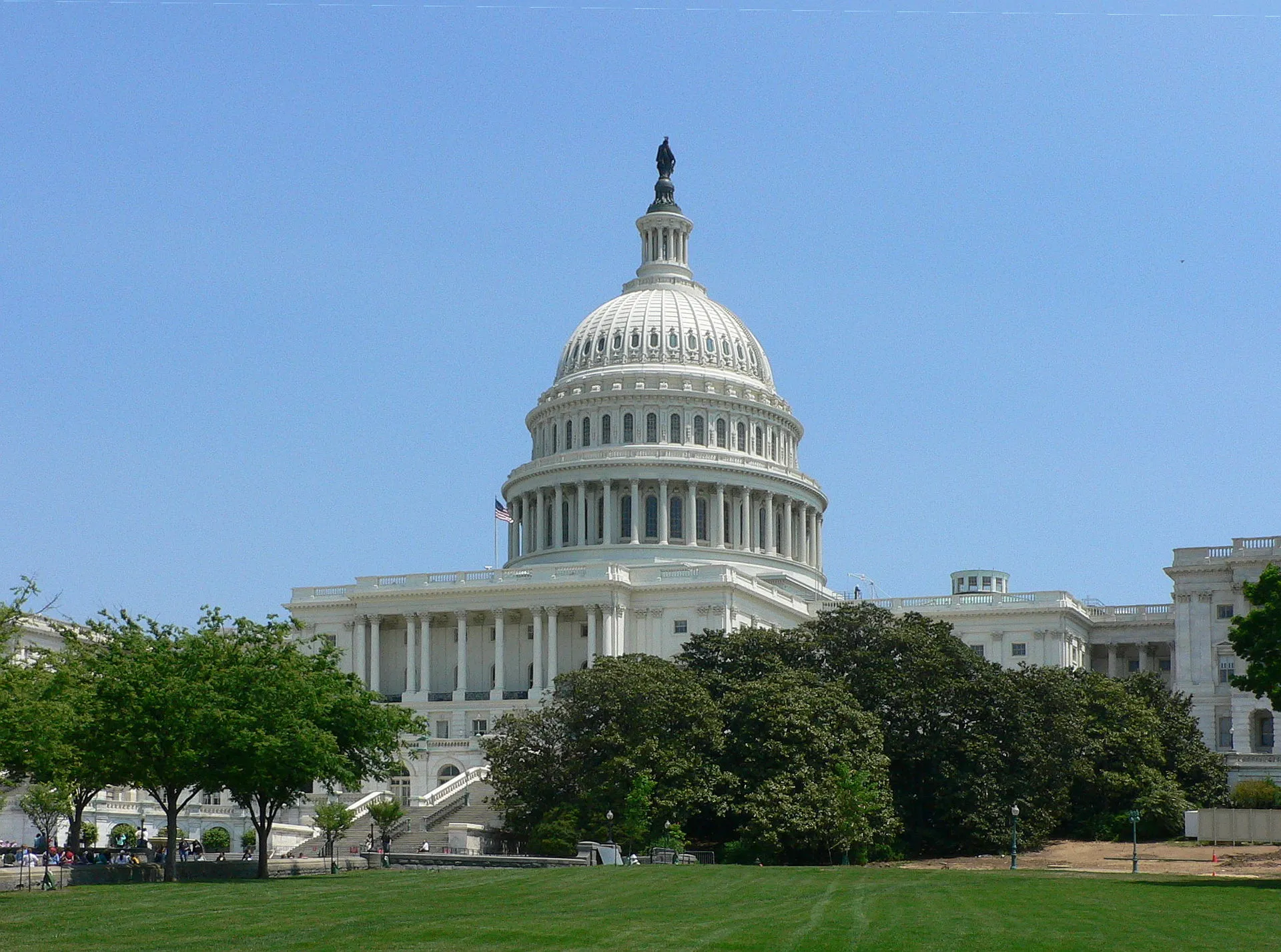Janae Young ’23 knows what it feels like to encounter police at a protest.
Speaking to a crowd of peaceful protesters at a Black Lives Matter (BLM) protest in her North Carolina hometown, Young remembers looking up and seeing snipers on the roof across the street, pointed down at her, and police in full riot gear ready to arrest people as soon as the curfew was in place.
Whereas Young and other BLM protesters this summer were confronted with heavy police presence, Trump supporters who breached the U.S. Capitol building on Wednesday to prevent Congress from counting the Electoral College’s votes were initially met with little retaliation from police. (While one woman was shot and killed by U.S. Capitol Police after trying to break through a barricaded door in the building, the police overwhelmingly did not use force.)
Young is one of many Black students who said they are frustrated and disappointed by the lack of police intervention that followed the Trump supporters’ armed insurrection. And while they are frustrated by the contrast between the present moment and the police-incited violence and intimidation of peaceful Black Lives Matter protesters, students say they are not surprised.
“Disappointment is an understatement — I’m very angry, but I’m not surprised,” said Janine Fleming ’23.
Sala Ba ’24 said that while some police officers at the Capitol were trying to fight off the violent mob, the police did “nothing at the exact scale as they did for the Black Lives Matter people.” According to Ba, whereas the police instigated violence at BLM protests, they did very little at this protest where there was actual danger present. The mob of Trump supporters, many of whom were armed, climbed up walls of the building to access entrances, broke through windows and forced their way through police officers.
Young agreed, saying that the police would have acted very differently if the Trump supporters had been Black.
“It would have been a complete slaughter,” Young said. “And it is infuriating to watch white individuals do things that if I did, or anyone who looked like me did, I would be murdered for.”
Over the summer, Young pointed out, the National Guard tear gassed and pushed peaceful BLM protesters in Lafayette Square to make way for President Trump to take a photo at a nearby church.
On Wednesday, in comparison, videos circulated on social media appearing to show police letting armed rioters through the barriers surrounding the Capitol.
“The police and government stood by and let these people take over the Capitol,” said Brandon Jones ’24. “We all know if the government wanted this to be stopped, they could have easily stopped it.”
According to Ba, the incident at the Capitol is yet another example of the double standard that exists in society when it comes to policing.
“Just to see that the police are picking and choosing how harsh they are in their responses is indicative that they’re only there to protect like a certain individual,” she said. “[It] shows who they’re there to protect and what kind of order they’re there to maintain.”
Ba also spoke of the difference between how President Trump responded to the different protests. After referencing Trump’s tweets denouncing BLM protests and saying protesters would face consequences for their actions, Ba said she wondered where that reaction was when Trump supporters were “breaking into a government building, ignoring the security barricades and fighting the police officers.”
Despite feelings of anger and frustration, many Black students say they aren’t surprised by the police’s response to the incident.
Zahran Manley ’23 said that he feels numb and desensitized when it comes to unfair and unequal police treatment.
“I’m not surprised, and it shows the clear double standard that lies in America. It’s frustrating, but at the same time, I’m also tired,” Manley said. “We’ve seen this story unfold hundreds of times, and then there’s outrage, then it’s just going to go back to normalcy. But I haven’t seen any real change.”
Political science assistant professor Hakeem Jefferson called the differences between police actions at BLM protests and at the insurrection at the Capitol “so obvious a difference, as a scholar of race, to be a noteworthy but slightly — dare I say — uninteresting comparison because it’s so unsurprising.”
Both Young and Fleming said they hope that the situation at the Capitol will make people notice how differently the police treat white people versus people of color, specifically Black people.
“Today’s anarchy has shown that this should not even be a debate — it is a fact and it is something that America has to fix,” Young said.
Fleming added, “I think it’s important for this to be highlighted everywhere because I can’t think of a more perfect example of hypocrisy and just white privilege — this is a prime example.”
While many Black students have expressed frustration with this situation, Jefferson said that this situation should be concerning for everyone.
“It is troubling and frustrating that it appears that Capitol Police, the Department of Homeland Security, and other agencies were ill-prepared for what many of us knew had the potential of happening,” he said. “And that this is happening in the nation’s capitol I think should give us all a great deal of pause and anger.”
Contact Malaysia Atwater at matwater ‘at’ stanford.edu.
